Tag: monitoring

Chart Reviews In Emergency Medicine Research: Where Are The Methods?
Medical chart reviews are often used in emergency medicine research. However, the reliability of data abstracted by chart reviews is seldom examined critically. The objective of this investigation was to determine the proportion... read more
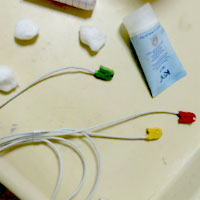
No Electrodes, No Problems
This is what Emmanuel had to say about his innovation: “There are times in the emergency department (ED) when there are no electrodes available to place patient on a monitor. In resource limited settings like Ghana, it... read more
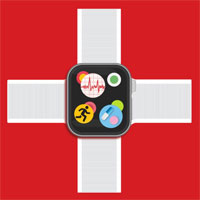
How Big Tech Is Going After Your Health Care
When Daniel Poston, a second-year medical student in Manhattan, opened the App Store on his iPhone a couple of weeks ago, he was astonished to see an app for a new heart study prominently featured. People often learn about... read more

Predicting the Hemodynamic Response to Prone Positioning
Graphical models of physiology are heuristically appealing as they facilitate qualitative conclusions at the bedside of the critically ill. Historically, the Rahn diagram has portrayed the physiology of the lungs, chest wall... read more
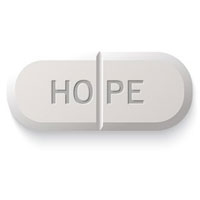
Hope is a Therapeutic Tool
Everyone who has been a patient, or accompanied a relative to see a doctor, recognises the importance of the doctor-patient relationship. At its heart is the patient's need to understand what is wrong, be understood, and... read more
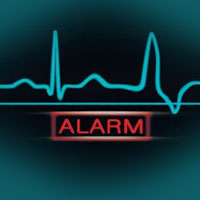
Alarm Reductions Don’t Improve ICU Response Times
It will take more than a reduction in alarms to address the issue of alarm fatigue in the ICU; a change in the ICU staff culture is needed, suggests new research. A program run at Dr. Kunadu's hospital showed that cutting... read more

New Guidance for Medication Safety in the ICU
Critically ill patients are a population at high risk for more frequent and more severe medication-related events. Critically ill patients receive twice the number of medications that non-critically ill, hospitalized patients... read more

A supplemental intravenous amino acid infusion sustains a positive protein balance for 24 hours in critically ill patients
Providing supplemental amino acids to ICU patients during a 3-h period results in improved whole-body net protein balance, without an increase in amino acid oxidation. The primary objective was to investigate if a 24-h intravenous... read more
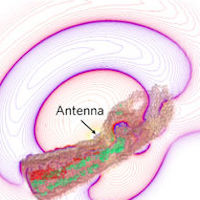
Easier Way to Measure Vital Signs
Cornell University researchers perfected a way to monitor vital signs that doesn’t require skin contact. Their technique relies on small radio frequency identification (RFID) sensors that can pick up heartbeats, chest movements... read more
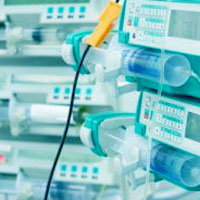
Multicenter Assessment of Sedation and Delirium Practices in the ICU in Poland
A majority of Polish ICUs do not adhere to international guidelines regarding sedation and delirium practices. There continues to be inadequate use of sedation and delirium monitoring tools. High usage of benzodiazepines... read more

Better Living Quality for Intensive Care
Aiming to bring "Better Living in Intensive Care" for both patients and caregivers, the French Intensive Care Society issued guidelines to promote quality of life for ICU. As the largest premier reference and teaching hospital... read more

Prescribed Morphine Milligram Equivalents of Opioids by County
Despite reductions in opioid prescribing in some parts of the USA, the amount of opioids prescribed remains high relative to 1999 levels and varies substantially at the county-level. Given associations between opioid prescribing,... read more

Consideration of the Intracranial Pressure Threshold Value for the Initiation of TBI Treatment
Monitoring of intracranial pressure (ICP) is considered to be fundamental for the care of patients with severe traumatic brain injury (TBI) and is routinely used to direct medical and surgical therapy. The cerebral circulation... read more

The Intensive Care Medicine Research Agenda on Critically Ill Oncology and Hematology Patients
Over the coming years, accelerating progress against cancer will be associated with an increased number of patients who require life‑sustaining therapies for infectious or toxic chemotherapy‑related events. Major changes... read more








